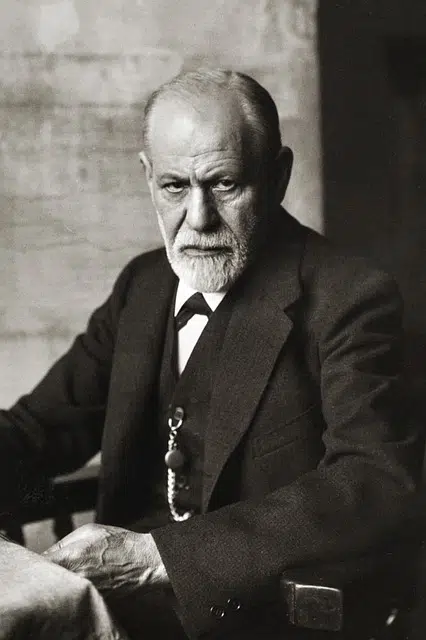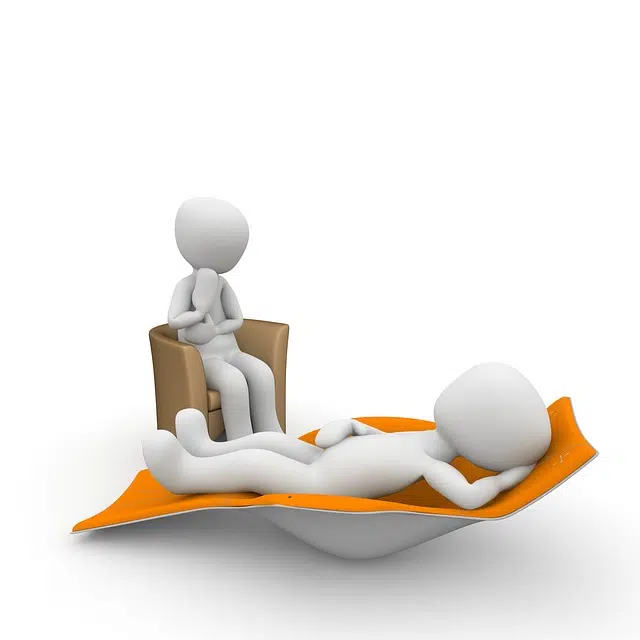
Sigmund Freud is the creator of the method known as psychoanalysis.
Psychoanalysis is a method created by the Austrian doctor and neurologist Sigmund Freud ( 1856 – 1939 ) that aims to investigate and treat mental illnesses . It is based on the analysis of unconscious sexual conflicts that originate in childhood .
Psychoanalytic doctrine maintains that instinctive impulses that are repressed by consciousness remain in the unconscious and affect the subject. It is important to keep in mind that the unconscious is not observable by the patient: the psychoanalyst is the one who must make these unconscious conflicts accessible through the interpretation of dreams and failed acts and free association .
free association
According to Freud, free association was the fundamental rule of psychoanalysis; It is a technique that consists of the patient expressing, during therapy sessions, all their ideas, emotions, thoughts and images as they are presented to them, without restrictions or orders.
Given this opening, the psychoanalyst must determine what things, within these manifestations, reflect an unconscious conflict. It is worth mentioning that, despite containing the term free , this practice is also subject to the decisions of our brain.
Defense mechanisms according to psychoanalysis
It is interesting to note that psychoanalysis has detected various defense mechanisms that consist of unreasoned psychological procedures aimed at minimizing the consequences of an event that generates stress . Let's look at some of them below:
* repression , which keeps painful elements away from consciousness ;
* condensation , dreams that combine various fragments into the same element;
* displacement , which occurs when ideas move from an unacceptable or dangerous fact to an acceptable one.

In psychoanalysis therapy, it is common for the patient to lie down on a couch.
Treatment development
During psychoanalysis treatment , patients often discover things about themselves that they do not want to accept, or that are too difficult for them to understand; Many times, faced with such findings, they flee from therapy in terror, never to return. It is important for therapists to confront these situations, which are especially common in the cases of people who have not undergone psychoanalysis before.
During a session , psychologists can intervene to a certain extent, and this depends on the school to which they belong; The most common thing is that the patient is given the time necessary to delve deeper into themselves, gradually discover details about themselves that have remained hidden for years, and guide them to understand, accept and work on them.
In addition to giving patients the space to gradually discover the roots of their problems and try to understand them, it is recommended not to propose violent, surprising measures that entail sudden and unexpected changes, since this usually generates a negative and counterproductive effect. Psychoanalysts often use the help of psychiatrists when they consider that a person may benefit from taking a drug. This decision is appropriate in many cases, but it is essential that you do not communicate it to your patients without preparing them for it.
Psychoanalysis, yes or no?
There are very diverse opinions regarding therapy: many people are afraid to seek help in psychoanalysis, believing that this resource corresponds only to someone with serious mental disorders .
However, when faced with stages of deep depression, even unbelievers go to the couch , but not without certain reservations; This is a very important step, a delicate decision that can fall apart if you do not receive the right treatment. When someone feels vulnerable, the last thing they need is for their behavior or ideas to be harshly criticized, especially if this comes from someone we trust.
Finally, the phenomenon known as transference refers to the moment of therapy in which the patient transfers into the figure of his psychologist certain experiences lived in the past, generally related to the distortion of father and mother figures .
